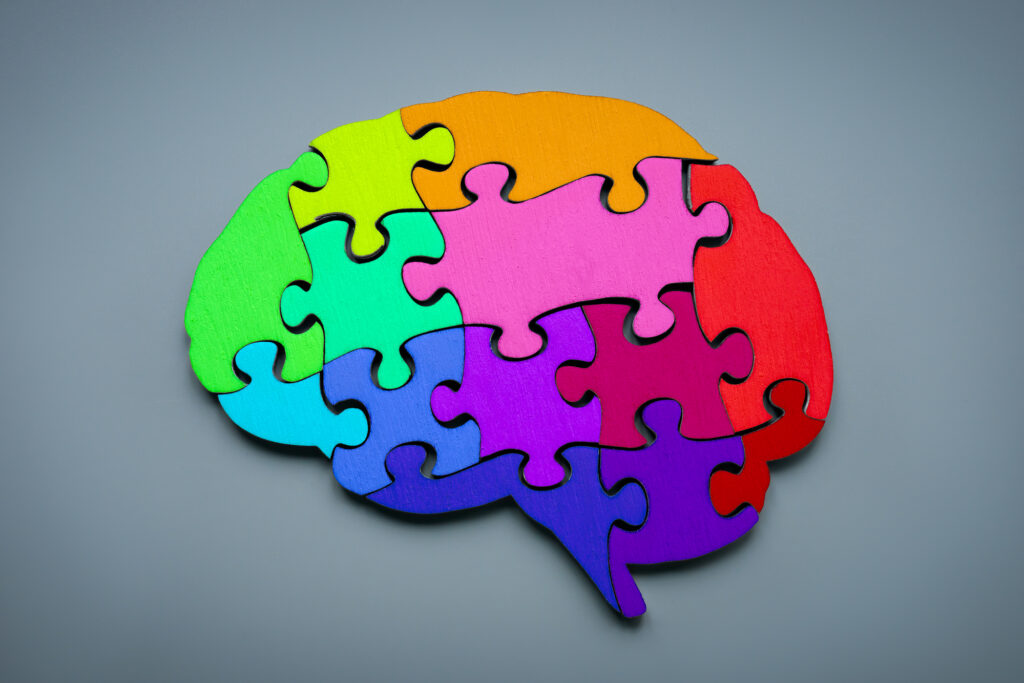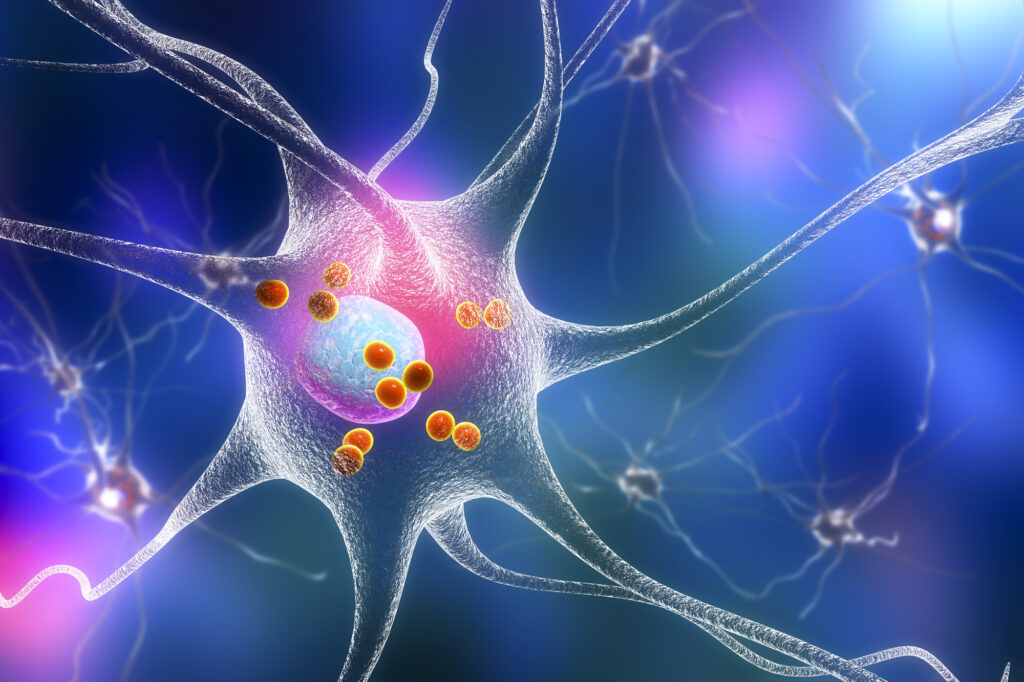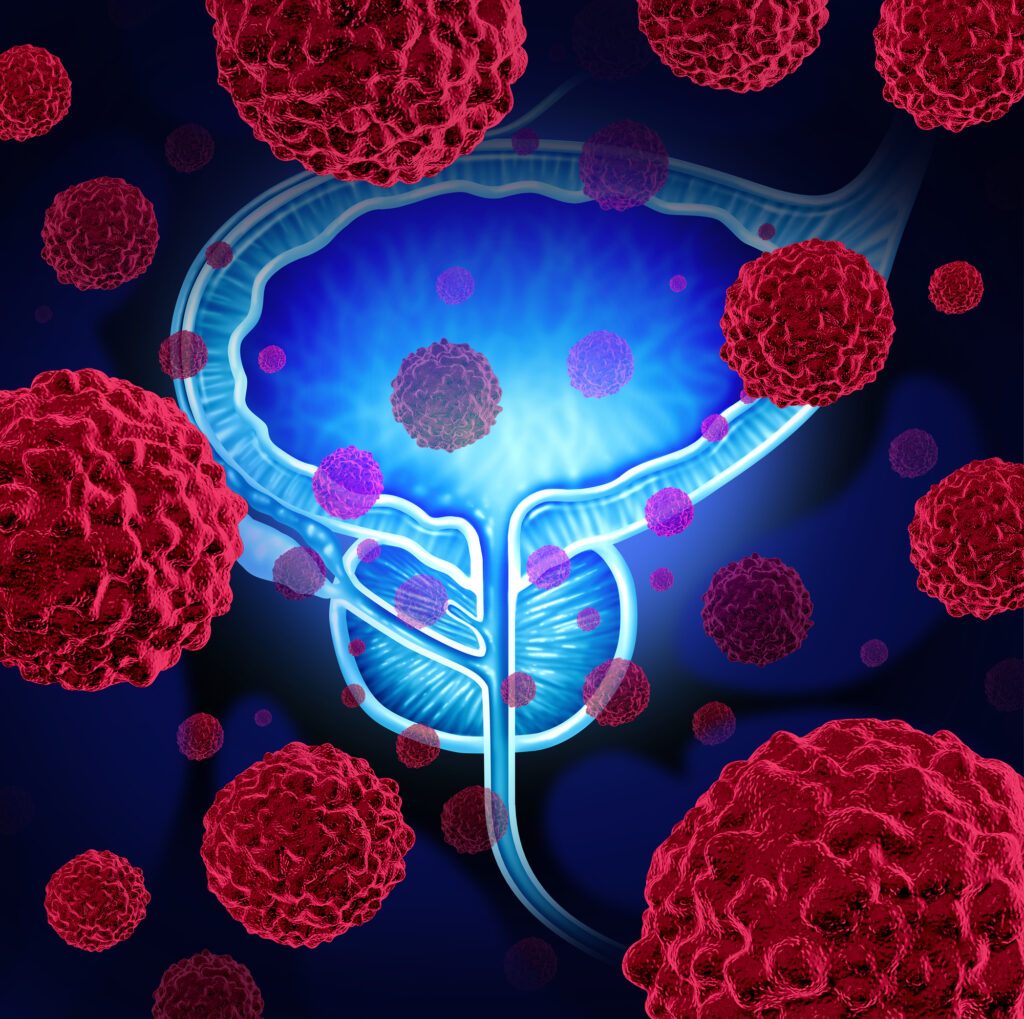All children need a wide range of nutrients to help them grow and develop. Ideally, these should come from a well-balanced diet. However, children with ADHD and other neurodiverse conditions often have gaps in their diet or increased nutrient needs. These children may benefit from nutritional supplements or certain medical foods to nourish and support their bodies and minds.
Children can miss out on essential nutrients for various reasons. Many eat large amounts of highly processed foods or have a poor appetite. Others follow a highly restrictive diet to help manage a health condition. Additionally, children with neurodiverse conditions often have food sensitivities, gut dysbiosis (lack of good bacteria in the gut), and certain genetic disorders which affect nutrient metabolism. These can further compromise nutritional status.
Critical Nutrients for Brain Health
Research suggests these nutrients play key roles in brain health:
- Omega-3 and omega-6 fatty acids
- Multivitamin/multimineral
- Digestive enzymes
- Probiotics
Essential Fatty Acids
Omega-3 and omega-6 fatty acids are essential components of cell membranes throughout the body and brain. Omega-3 fats provide EPA (eicosapentaenoic acid) and DHA (docosahexaenoic acid). Both are critical for brain development and cognitive health at all stages of life. These essential fats support focus, concentration, academic performance, and a balanced mood in children.
Omega-6 fats are often blamed for promoting inflammation, but not all omega-6 fats act the same way in the body. One notable omega-6 fatty acid, GLA (gamma-linolenic acid), has been shown to reduce inflammation and may be helpful for brain health.
The body cannot synthesize adequate amounts of these essential fatty acids, so children and adults must obtain them from their diet. The best sources of omega-3 fats are oily fish like salmon, anchovies, tuna, and mackerel. 1 Plant-based oils like evening primrose oil, borage oil, and black currant seed oil are excellent sources of GLA.
A healthy diet can provide an appropriate balance of these fats. However, given the dietary sources of these essential fats, it’s not surprising that many children have low levels or an unhealthy balance of these fats. A 2017 study published in the Annals of Nutrition and Metabolism found that only a quarter of the population ate the recommended levels of the two long-chain fatty acids EPA and DHA. Levels of these essential fatty acids were lower in children than in adults. 2
There is compelling research on how these essential fats affect cognitive health in children with ADHD and neurodiverse conditions.
- Children with inattention and hyperactivity often have inadequate levels of omega-3. Studies suggest that children with ADHD have a 60-70% greater chance of having a single nucleotide polymorphism (SNP) that limits the body from metabolizing DHA and EPA from foods. Therefore, supplemental forms are necessary to maintain a healthy
level of these nutrients. 3,4 - Over 19 clinical studies using a combination of EPA, DHA, and GLA in a 9:3:1 ratio have shown a positive effect on ADHD symptoms. In a 2009 study published in the Journal of Attention Disorders, 25% of children who took a combination of EPA, DHA, and GLA had significantly decreased ADHD symptoms after three months. By six months, almost 50% experienced better symptom management on average. 5
- A 2005 study on children with ADHD symptoms published in Pediatrics found significant reductions in teacher ratings of hyperactivity, inattention, and impulsivity in children who took a supplement with EPA, DHA, and GLA compared to those who didn’t receive the supplement. 6
- Even more resounding improvements were found in reading and spelling. On average, the children were about a year behind their age level at the start of the study. After three months, the children taking the EPA, DHA, and GLA improved their reading levels by 9.5 months compared to the expected 3.3 months in the placebo group. (3X improvement) Spelling improved by 6.6 months after EPA, DHA, and GLA compared to
1.2 months (5X improvement) on the placebo. 6
These and other clinical trials on children and teens with ADHD show that a unique ratio of EPA, DHA, and GLA of 9:3:1 is effective and safe for children with ADHD and neurodiverse conditions. 7,8 A growing body of evidence clearly shows how vital these essential fatty acids are for children’s brain health. And for children with neurodiverse conditions, these studies support the benefits of supplementing with EPA, DHA, and GLA.
However, clinicians should be aware that regular omega-3 or omega-6 supplements may not be adequate for children with neurodiverse conditions. It’s important to use specially designed products such as medical foods. These are formulated to address fatty acid deficiencies in people with ADHD and related neurodiverse conditions that can’t be resolved by normal diet changes alone.
Multivitamin/Mineral Support
Children often need supplemental nutrients to help “fill in the nutrient gaps” in their eating patterns. Furthermore, vitamins (especially B-vitamins) and minerals, like magnesium and zinc, help make neurotransmitters like serotonin, dopamine, and acetylcholine. These are chemical messengers that carry signals between nerve cells.
Studies suggest that a broad spectrum of high doses of these nutrients may help improve attention, emotional regulation, and aggression in children with ADHD. Additionally, children with neurodiverse conditions often have suboptimal levels of several essential nutrients needed for healthy neurological functioning. 10-23
These might include:
- Vitamins A, C, D, E
- B vitamins (B6, methylfolate, B12)
- Choline
- Calcium
- Magnesium
- Zinc
Multivitamin/mineral supplements fill these voids. However, some have inadequate amounts of key nutrients. Others have nutrients in forms that many children with neurodiverse conditions can’t metabolize. Furthermore, many supplements contain sweeteners and dyes that potentially disrupt healthy brain function. 24
Research suggests that individuals with ADHD and related neurodiverse conditions often have genetic variations (SNPs) that affect methylation pathways. These SNPs prevent them from metabolizing critical vitamins like folic acid and vitamin B12. Methylated versions of these nutrients are more bioavailable. 25-27
Digestive Enzymes
Children with ADHD and neurodiverse conditions frequently have constipation, gassiness, and gut dysbiosis. This can lead to GI issues that may impact the availability of digestive enzymes and how well they work. 28 Digestive enzymes help digest carbohydrates, proteins, and fat so that the cells in the body and brain can use them more efficiently. Supplemental digestive enzymes can provide additional support to the body’s natural enzymes.
Probiotics
The human GI tract has more than a trillion live bacteria from about 400 species. These live organisms improve digestion by:
- Nourishing and strengthening the gut lining
- Helping to protect against leaky gut
- Producing some digestive enzymes
- Making some essential vitamins
- Supporting bowel movement regularity
It is not unusual for children to have an inadequate population of friendly bacteria in the gut (small and large intestines). 10 Often, this is caused by poor eating patterns, including eating too many processed foods and not enough fiber. Certain medications like antibiotics also kill off friendly bacteria. 29
Changes in the natural balance of gut bacteria might impact the digestive tract, so probiotics may help maintain a healthy gut. Probiotics may support children with neurodiverse conditions by: 30
- Promoting healthy microbiome balance
- Supporting healthy GI function, including addressing occasional constipation and diarrhea, common in many children with ADHD 31
- Supporting the production of certain neurotransmitters for healthy cognitive function. 32
A balanced mix of essential nutrients is critical for all growing bodies and minds. Clinicians who work with children, especially those with ADHD and other neurodiverse conditions, should assess their diet for nutrient gaps. Effective supplementation can significantly impact behavior, learning, and quality of life.
REFERENCES
1. Meyer BJ, Kolanu N. Nutrition. 2011;27(11-12):1136-1140.
2. Sioen I, van Lieshout L, Eilander A, et al. Ann Nutr Metab. 2017;70(1):39-50.
3. Colter AL, Cutler C, Meckling KA. Nutr J. 2008;7:8.
4. Brookes KJ, Chen W, Xu X, Taylor E, Asherson P. Biol Psychiatry. 2006;60(10):1053-1061.
5. Johnson M, et al. J Atten Disord. 2009;12(5):394-40l.
6. Richardson A, Montgomery P. Pediatrics. 2005;15(5):1360-1366.
7. Chang JP-C, Su K-P, Mondelli V, Pariante CM. Neuropsychopharmacol. 2018;43:534-545.
8. Sinn N, Bryan J. J of Dev and Behav Pediatr. 2007;28(2):82-91.
9. US Department of Health and Human Services and US Department of Agriculture. 2015-
2020 Dietary Guidelines for Americans December 2015. Available at: https://health.gov/dietaryguidelines/2015/. Accessed 5/18/2022
10. Rucklidge JJ, Kaplan BJ. CNS Drugs. 2014;28(9):775-785.
11. Rucklidge JJ, Eggleston MJF, Johnstone JM, et al. J Child Psychol Psychiatry. 2018;59(3):232-246.
12. Villagomez A, Ramtekkar U. Children (Basel). 2014;1(3):261-279.
13. Zhu J, Guo M, Yang T, et al. Front Pediatr. 2020;8:469.
14. Wang N, Zhao Y, Gao J. Front Psychiatry. 2021;12:742937.
15. Adams JB, Audhya T, McDonough-Means S, et al. Nutr Metab (Lond). 2011;8 (1):34.
16. Kotsi E, Kotsi E, Perrea DN. Atten Defic Hyperact Disord. 2019;11(3):221-232.
17. Wang Z, Ding R, Wang J. Nutrients. 2020;13(1):86.
18. Hamlin JC, Pauly M, Melnyk S, et al. Autism Res Treat. 2013;2013:578429.
19. Effatpanah M, Rezaei M, Effatpanah H, et al. Psychiatry Res. 2019;274:228-234.
20. Huang YH, Zeng BY, Li DJ, et al. Prog Neuropsychopharmacol Biol Psychiatry. 2019;90:134-141.
21. Guo M, Li L, Zhang Q, et al. Nutr Neurosci. 2020;23(10):803-810.
22. Yang R, Zhang Y, Gao W, et al. Biol Trace Elem Res. 2019;187(2):376-382.
23. Ghoreishy SM, Ebrahimi Mousavi S, Asoudeh F, Mohammadi H. Sci Rep. 2021;11(1):14612.
24. Schoenthaler SJ, Bier ID. J Altern Complement Med. 1999 Apr;5(2):125-34.
25. Pu D, Shen Y, Wu J. Autism Res. 2013;6(5):384-392
26. Gokcen C, Kocak N, Pekgor A. Int J Med Sci. 2011;8(7):523-528
27. Krull KR, et al. J Pediatr. 2008;152(1):101-5.
28. Ming X, Chen N, Ray C, et al. Brewer G, Kornitzer J, Steer RA. Neurol Open. 2018;5:2329048X18786799.
29. Abdellatif B, McVeigh C, Bendriss G, Chaari A. Int J Mol Sci. 2020;21(11):4159
30. Caminero A, Meisel M, Jabri B, Verdu EF. Nat Rev Gastroenterol Hepatol. 2019;16(1):7-18.
31. McKeown C, Hisle-Gorman E, Eide M, Gorman GH, Nylund CM. Pediatrics. 2013;132(5):e1210-e1215.
32. Galland L. J Med Food. 2014;17(12):1261-1272.






